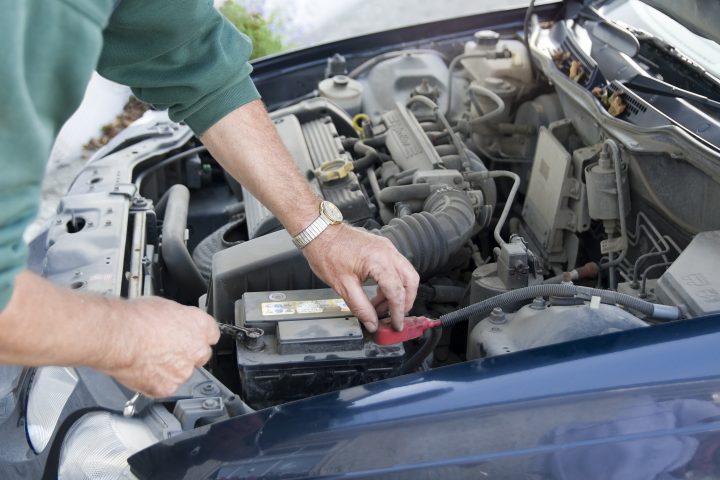The RAC is warning drivers to plan ahead to avoid an unwelcome post-holiday tradition: ‘the flat battery blues’.
Typically, the first working day after the festive break is one of the busiest of the year for RAC breakdown patrols, due to thousands of cars being left idle over the holidays. Coupled with cold, damp weather, this period of inactivity drains car batteries and leaves thousands at risk of a non-start on the first day back to work.
Battery issues are the number-one reason for calling out RAC patrols all year round, but the breakdown and driving services company expect to attend a record 12,000 breakdowns on Tuesday 2 January 2024. Based on data from previous years, it estimates that three-in-10 (28%) of these will be due to flat batteries.
RAC Breakdown spokesperson Alice Simpson said, “Going back to work after a good Christmas break is bad enough, so the last thing any driver wants is a car that won’t start.
“Fortunately, the ‘flat battery blues’ are very easy to prevent ahead of 2 January. We suggest drivers don’t leave their cars sitting completely idle over the holiday period and instead try to use them regularly. Any car that’s currently reluctant to start is a sign of weak battery, meaning it’s more at risk of failing at the start of the new year. And while no one wants to think about work any earlier than necessary, families with two or more vehicles should at least check their cars start on New Year’s Day if they’re planning to use both on 2 January.”
She added, “A combination of colder weather putting more strain on vehicle batteries and the greater demand on lights, heated windscreens and wipers is a recipe for a flat battery in the winter. The starter motor also has to work harder to turn over the engine on chilly mornings, increasing the demand on the battery.
“Drivers of electric vehicles need to take note too – like their petrol and diesel counterparts, most EVs still have 12-volt batteries meaning non-starts can be just as much of a problem if they’re not used over an extended period. It’s also important to keep them well-charged as it’s not good to leave high-voltage batteries below 20% in cold conditions.”


